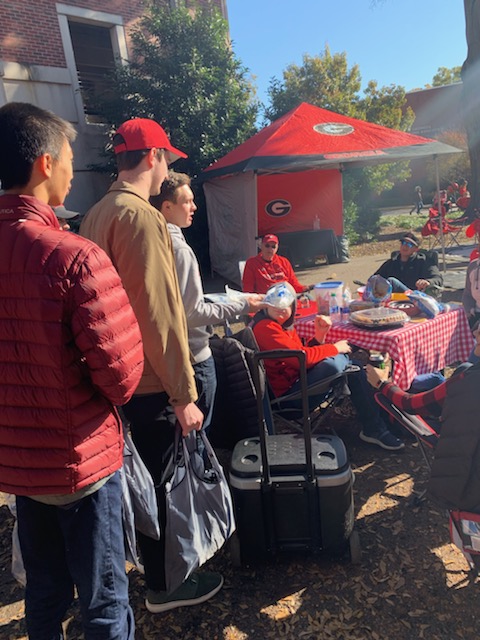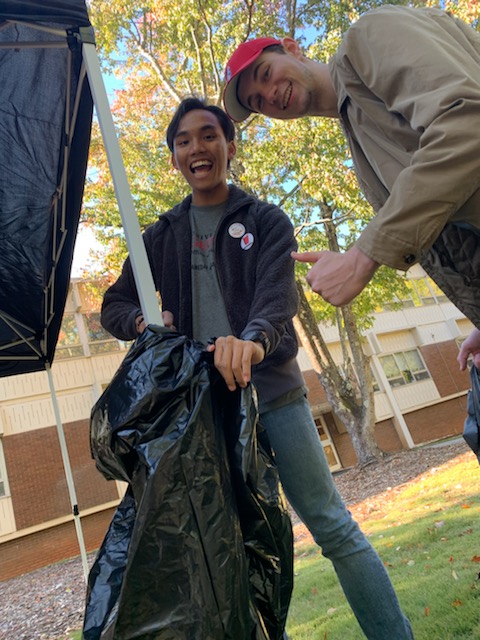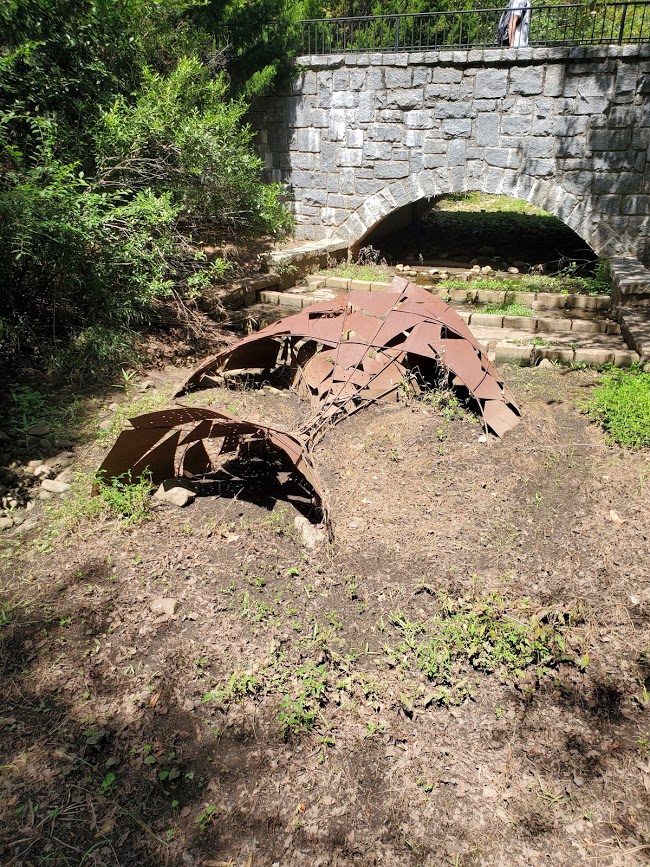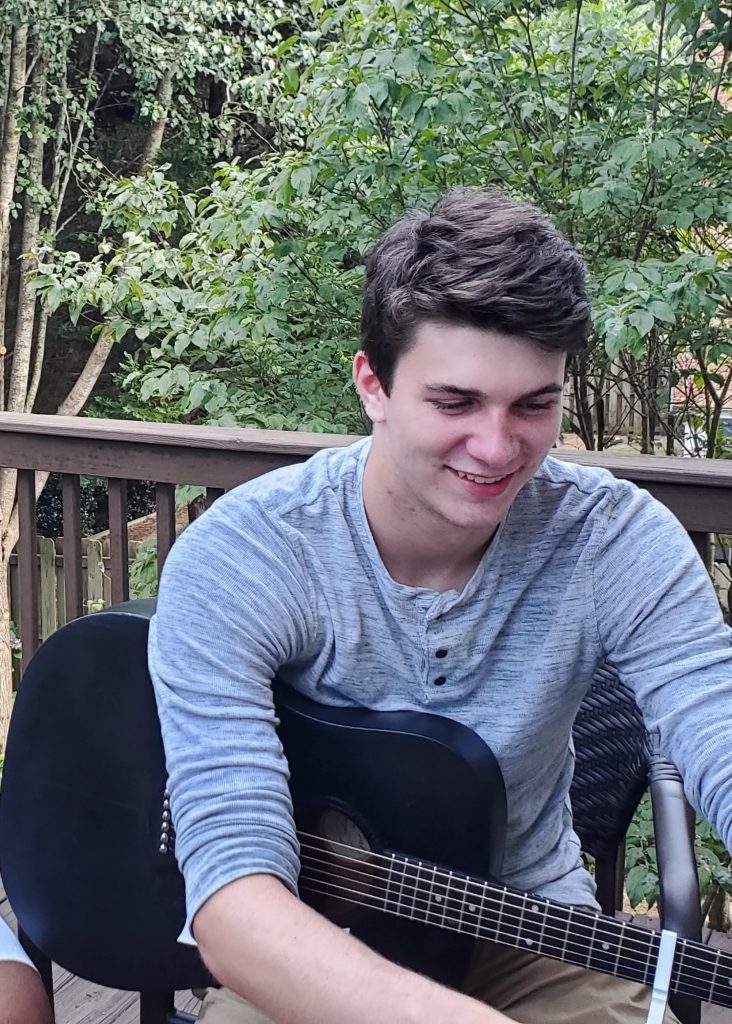Nate Ware

The thought of losing memory of your friends and family is an extremely scary thought. Alzheimer’s is a neurodegenerative condition that affects cognitive function and memory. If any one of you, like me, has gone through the progression of this disease with a family member you know the sadness associated with looking your loved one in the face and them not remembering who you are. The pain this disease causes to loved ones is immense. If you have seen this disease in your family you may be wondering what your chances of developing the condition are. Lucky for you there are genetic tests that you could take to see if you are at an increased risk for the disease.
What are my chances?
According to 23 and Me, Alzheimer’s is 60-80% caused by genetics. This means that the majority of your risk comes from genetic factors. But it also shows that environmental factors can play a fairly large role in your risk as well. Regardless, if there is family history it is good to be aware of your risk. Genetic testing for Alzheimer’s is relatively new in terms of genetic tests for disease because according to alzheimers.org.uk, ” At present, the relationship between genetics and dementia is not fully understood.” However, it has been found that there is a connection between the APOE gene and Alzheimer’s risk. The -e4 variant of this gene is known to cause increase risk of Alzheimer’s to people with this mutation. It is not a defining factor though, according to Mayo Clinic, ” not everyone who has one or even two APOE e4 genes develops Alzheimer’s disease. And the disease occurs in many people who don’t even have an APOE e4 gene, suggesting that the APOE e4 gene affects risk but is not a cause”.

So What Is The Test?
An individual that is interested in genetic testing for Alzheimer’s would receive a single gene sequencing of the APOE gene looking for SNPs at rs7412 and rs429358. If both come back with the C allele, then the individual has the -e4 variant indicating increased risk for Alzheimer’s. So far we can not give a definite number as to how much this result increases your risk by. Also this gene is not the sole genetic indicator of Alzheimer’s so a negative result does not mean you are still not at risk especially if you have family history. It is because of this that I don’t think the test is especially worth it. Yes, you could find out you are at an increased risk and yes, you could start preparing for care, but I think that this test is fairly insignificant in terms of your overall Alzheimer’s risk. Since there is such a large amount of factors that go into developing this disease both genetic and environmental, I believe individuals with family history should do what they can to make the most of life, not worrying about their timeline. I’m not saying they should do nothing though. Individuals should take charge and control what they can. The Mayo Clinic states that there are ways to reduce your risk of Alzheimer’s. These include:
- Avoid smoking.
- Control vascular risk factors, including high blood pressure, high cholesterol and diabetes.
- Eat a balanced diet — such as the Mediterranean diet — that’s rich in vegetables, fruits and lean protein, particularly protein sources containing omega-3 fatty acids.
- Be physically and socially active, including engaging in aerobic exercise.
- Take care of your mental health.
- Use thinking (cognitive) skills, such as memory skills.
Alzheimer’s is an awful disease that affects lots of families. That’s why I believe until testing improves to pinpoint risk of the disease, people should to their best to reduce their risk by living a lifestyle that is aware but not fearful of their risk of Alzheimer’s.
Sources
“Alzheimer’s Prevention: Does It Exist?” Mayo Clinic, Mayo Foundation for Medical Education and Research, 20 Apr. 2019, www.mayoclinic.org/diseases-conditions/alzheimers-disease/expert-answers/alzheimers-prevention/faq-20058140.
“The Role of Genes in Your Alzheimer’s Risk.” Mayo Clinic, Mayo Foundation for Medical Education and Research, 19 Apr. 2019, www.mayoclinic.org/diseases-conditions/alzheimers-disease/in-depth/alzheimers-genes/art-20046552.
“Alzheimer’s Society’s View on Genetic Testing.” Alzheimer’s Society, www.alzheimers.org.uk/about-us/policy-and-influencing/what-we-think/genetic-testing.
“APOE Apolipoprotein E [Homo Sapiens (Human)] – Gene – NCBI.” National Center for Biotechnology Information, U.S. National Library of Medicine, www.ncbi.nlm.nih.gov/gene/348.




